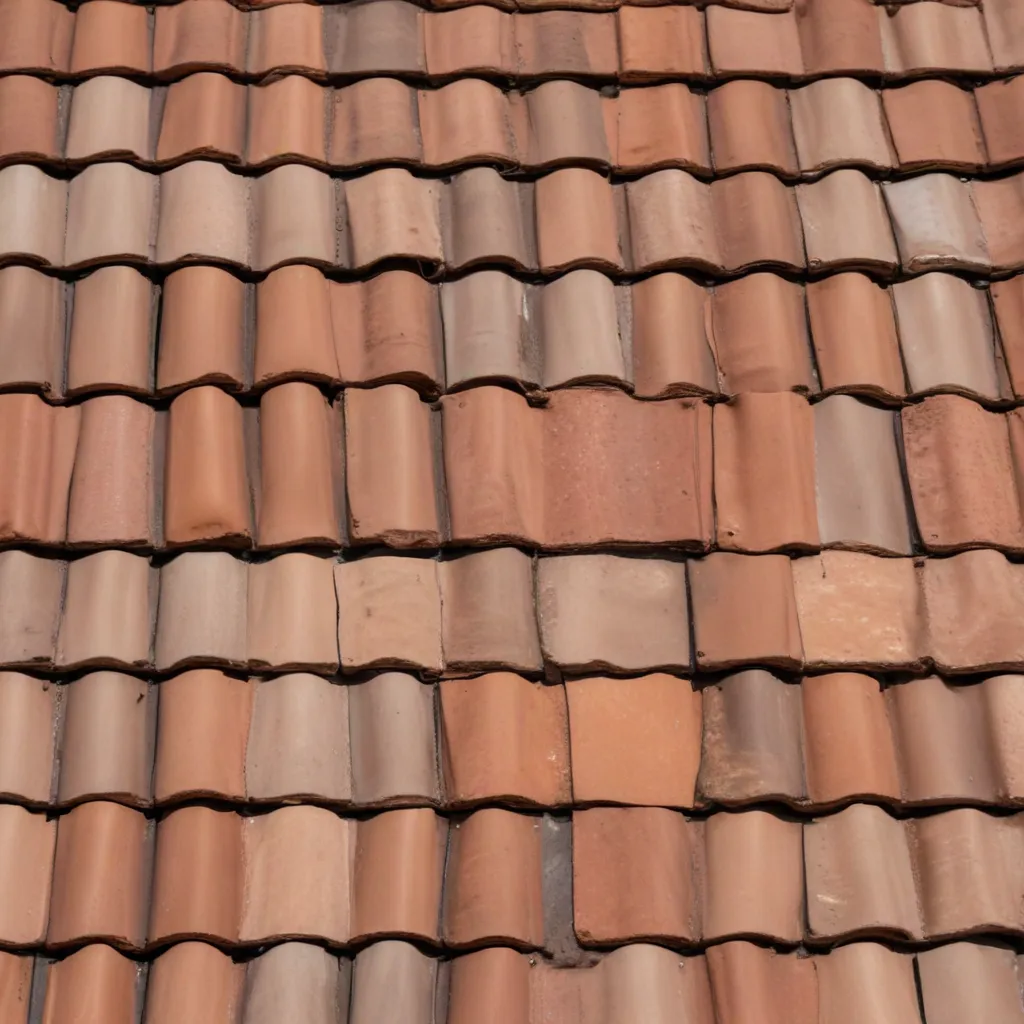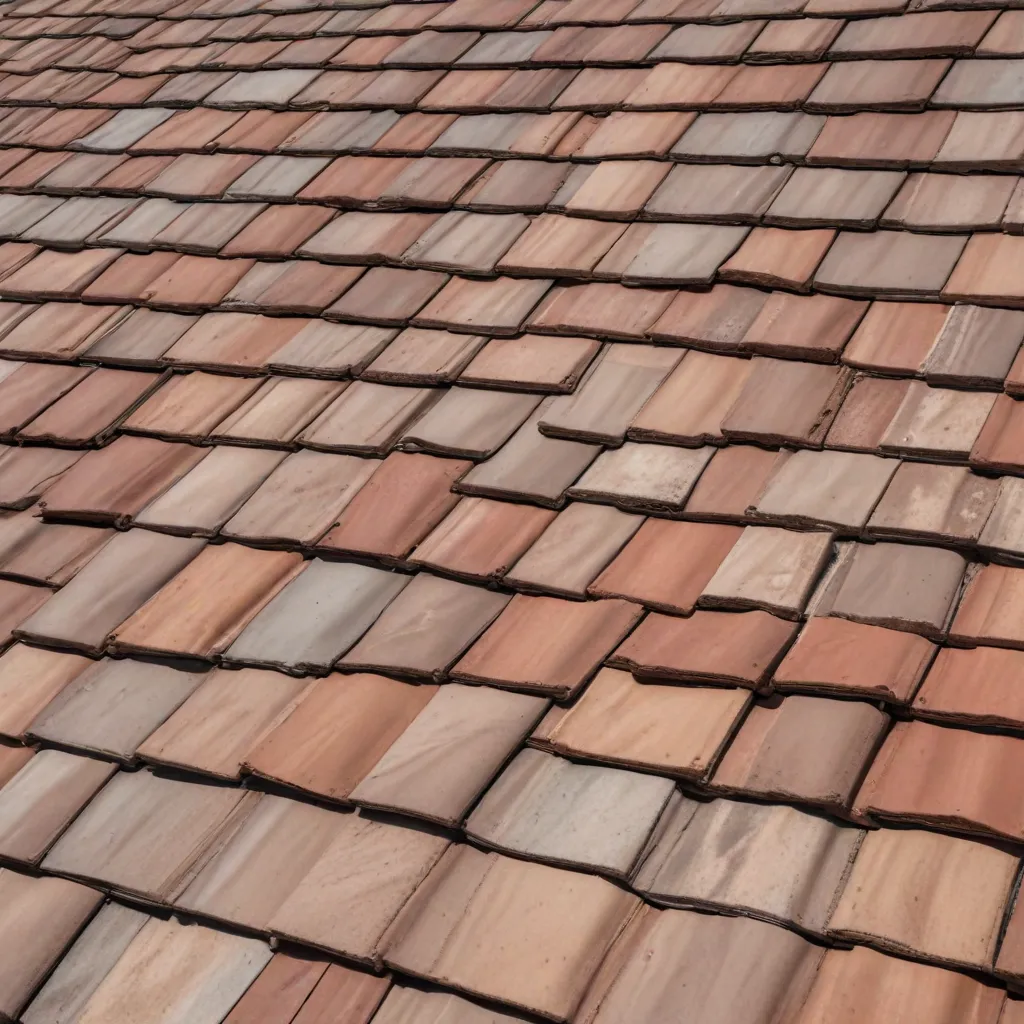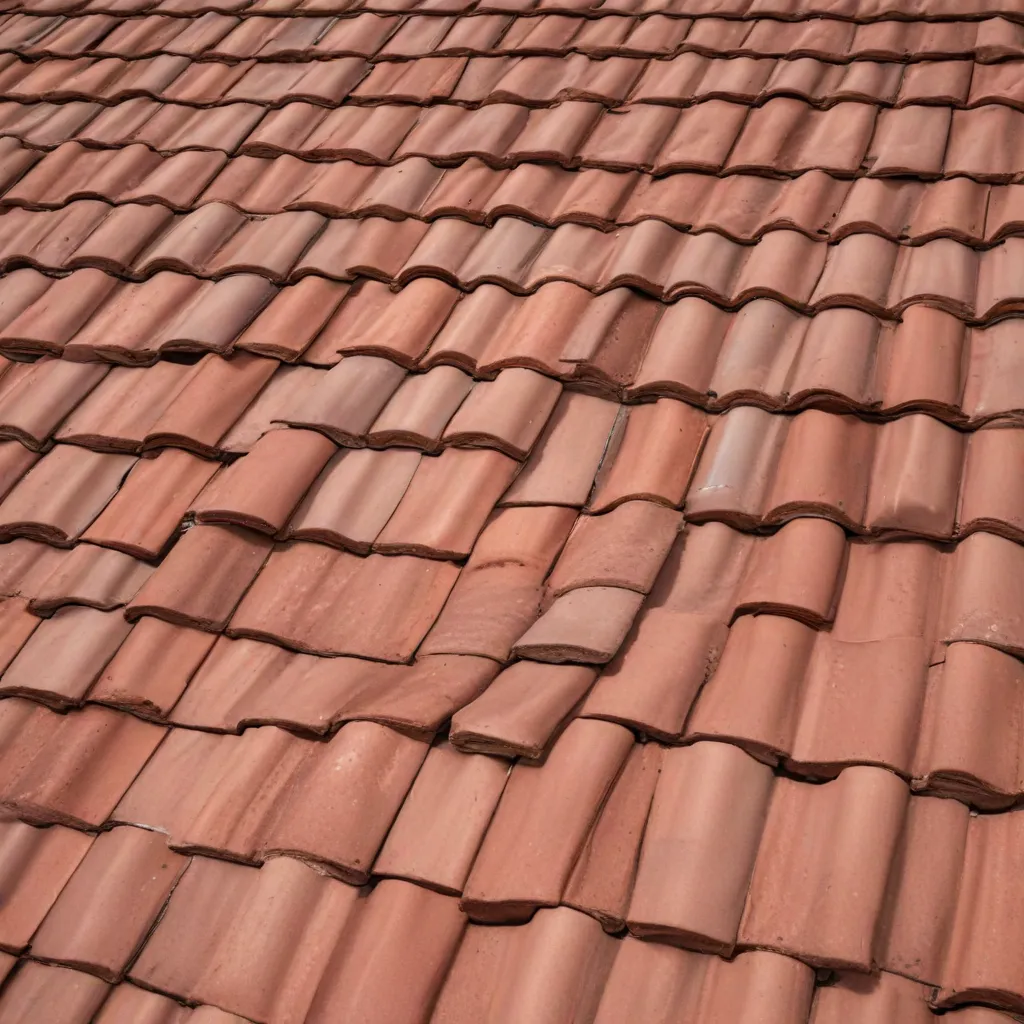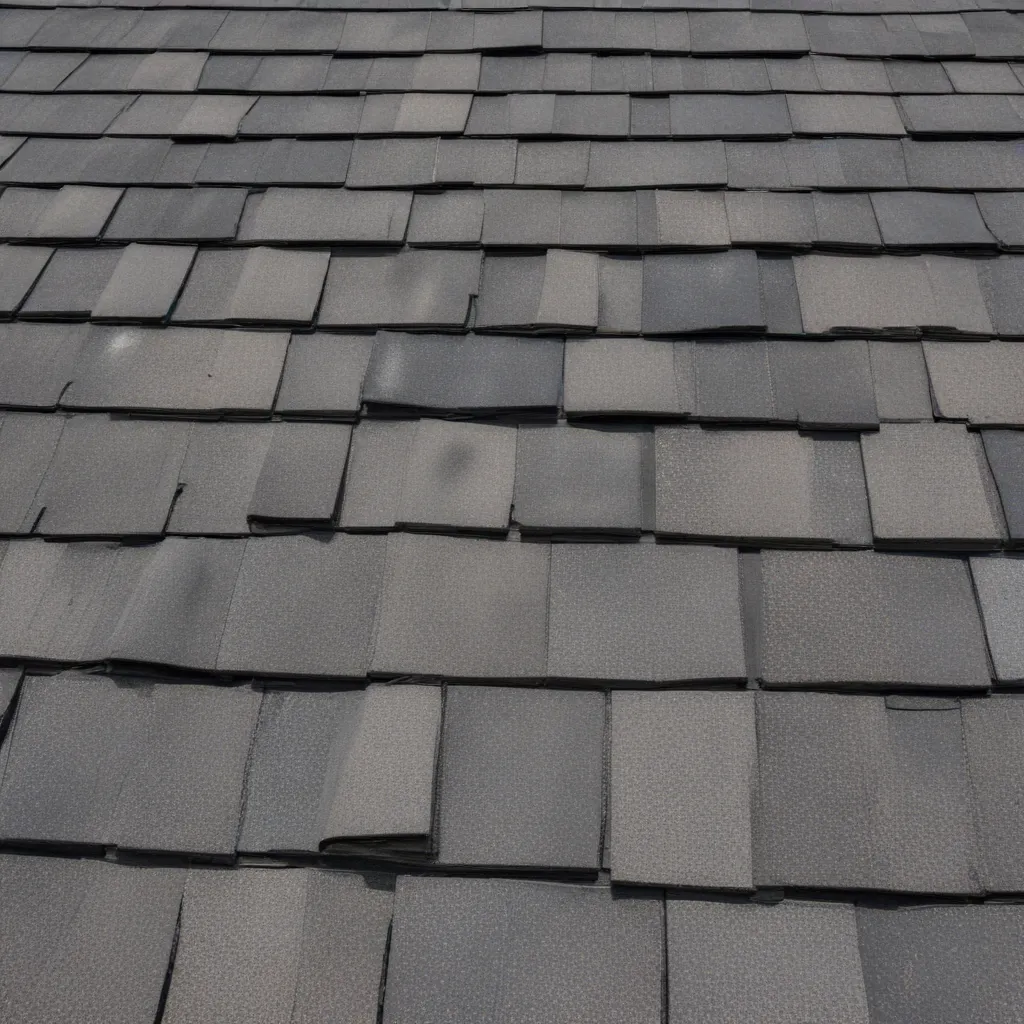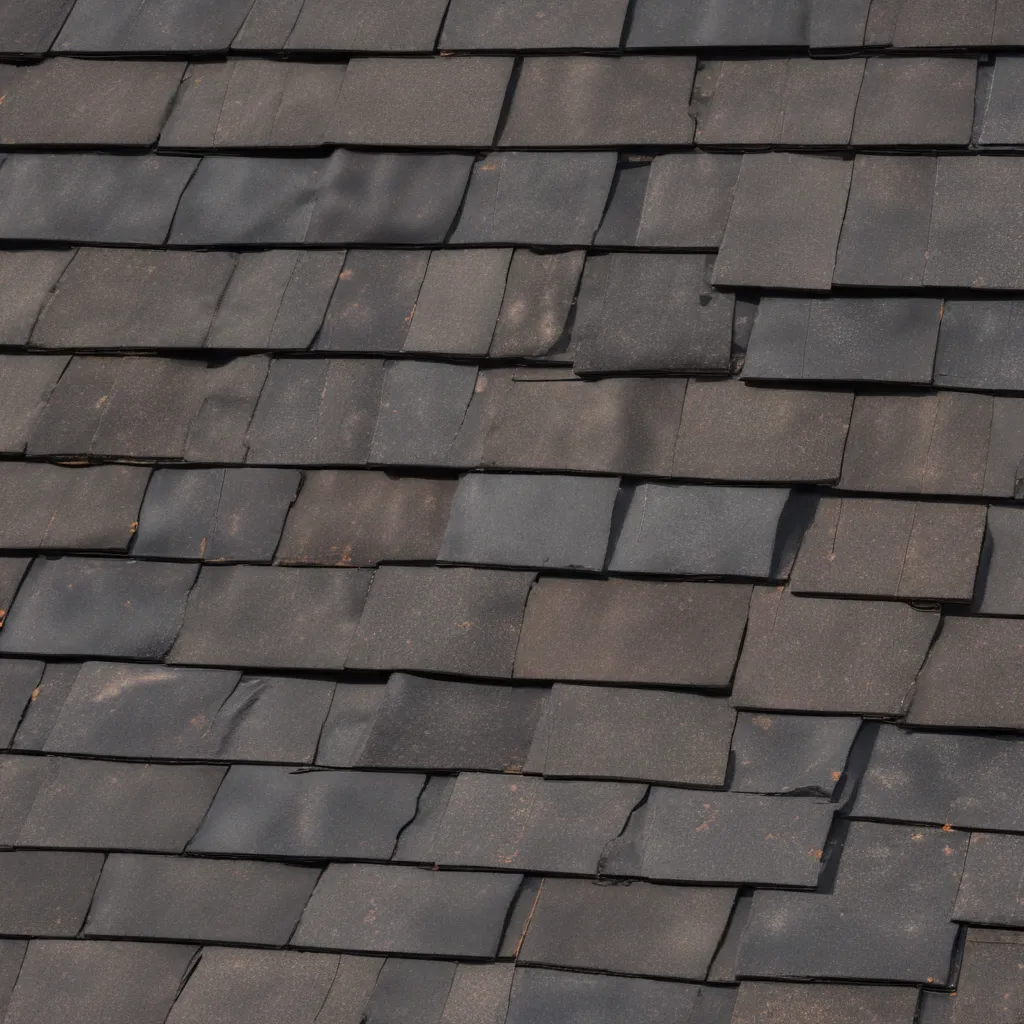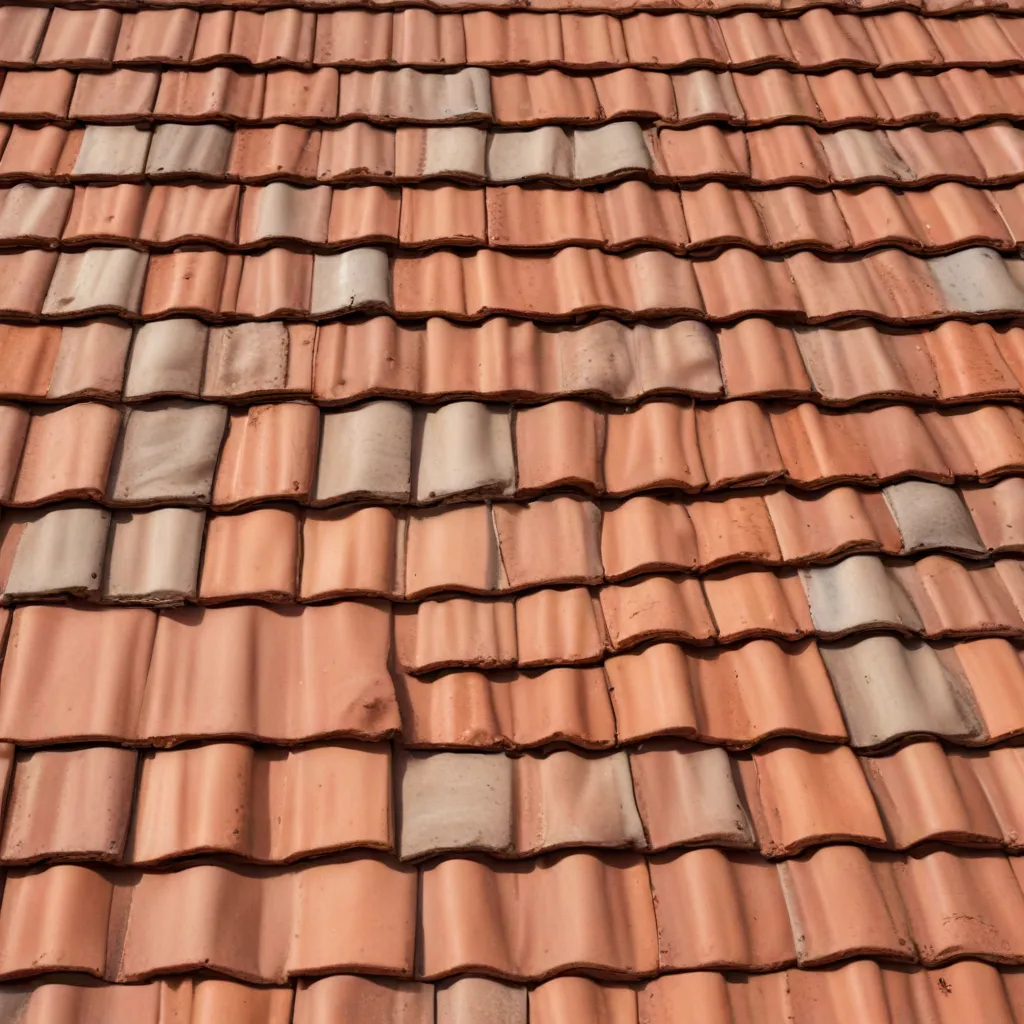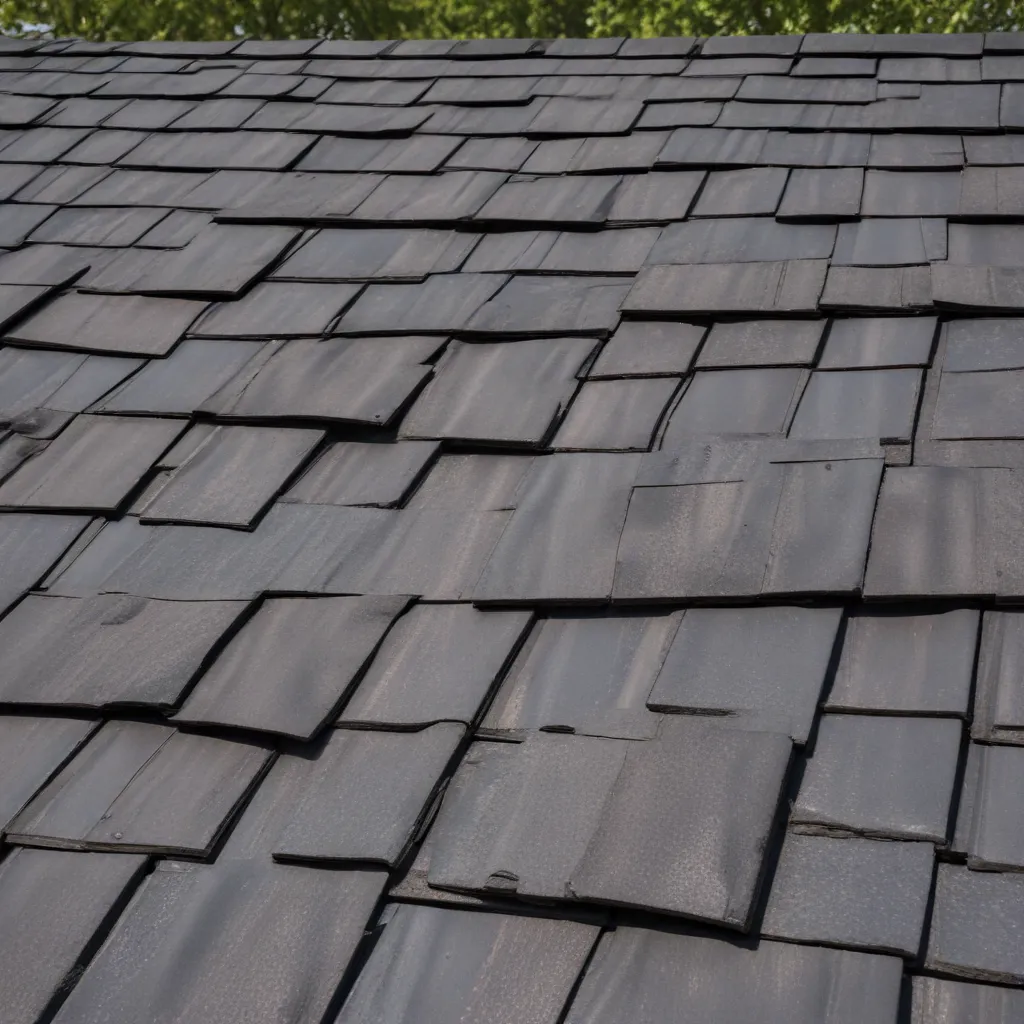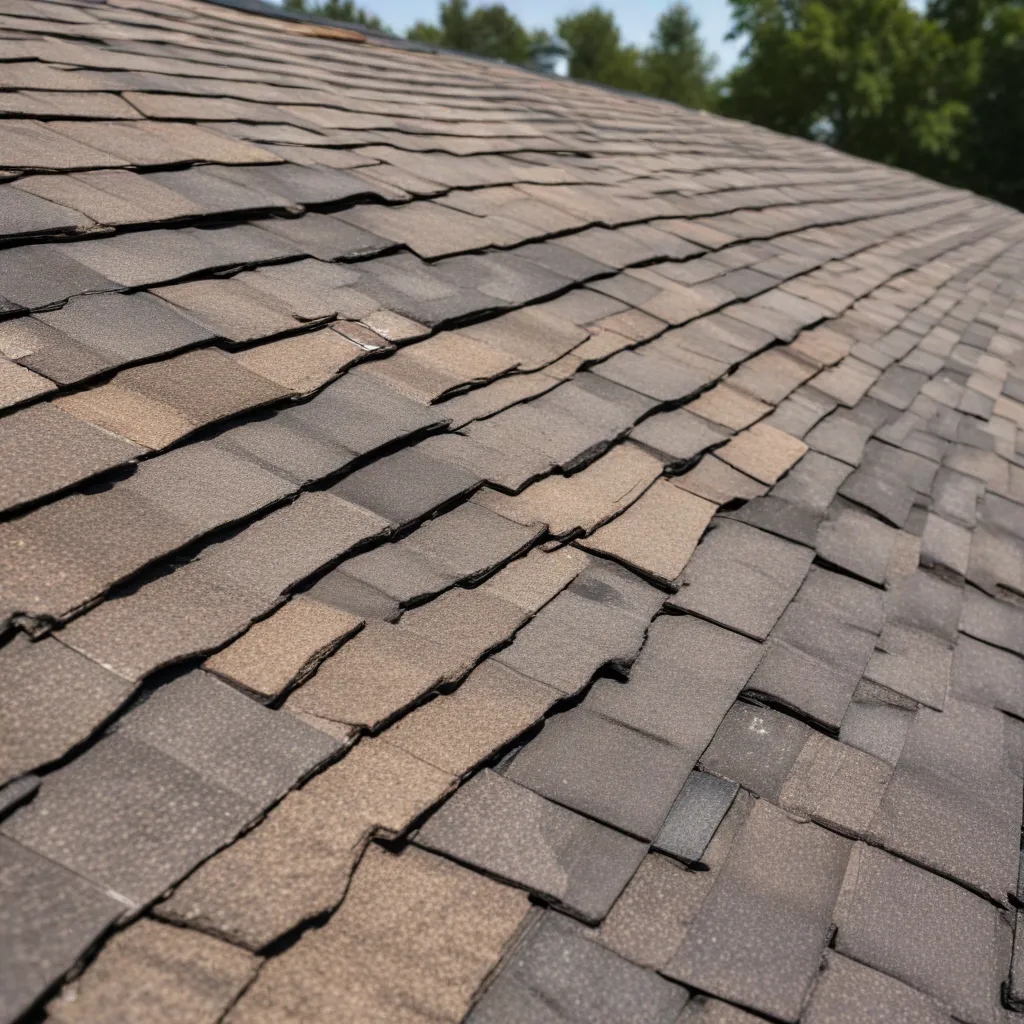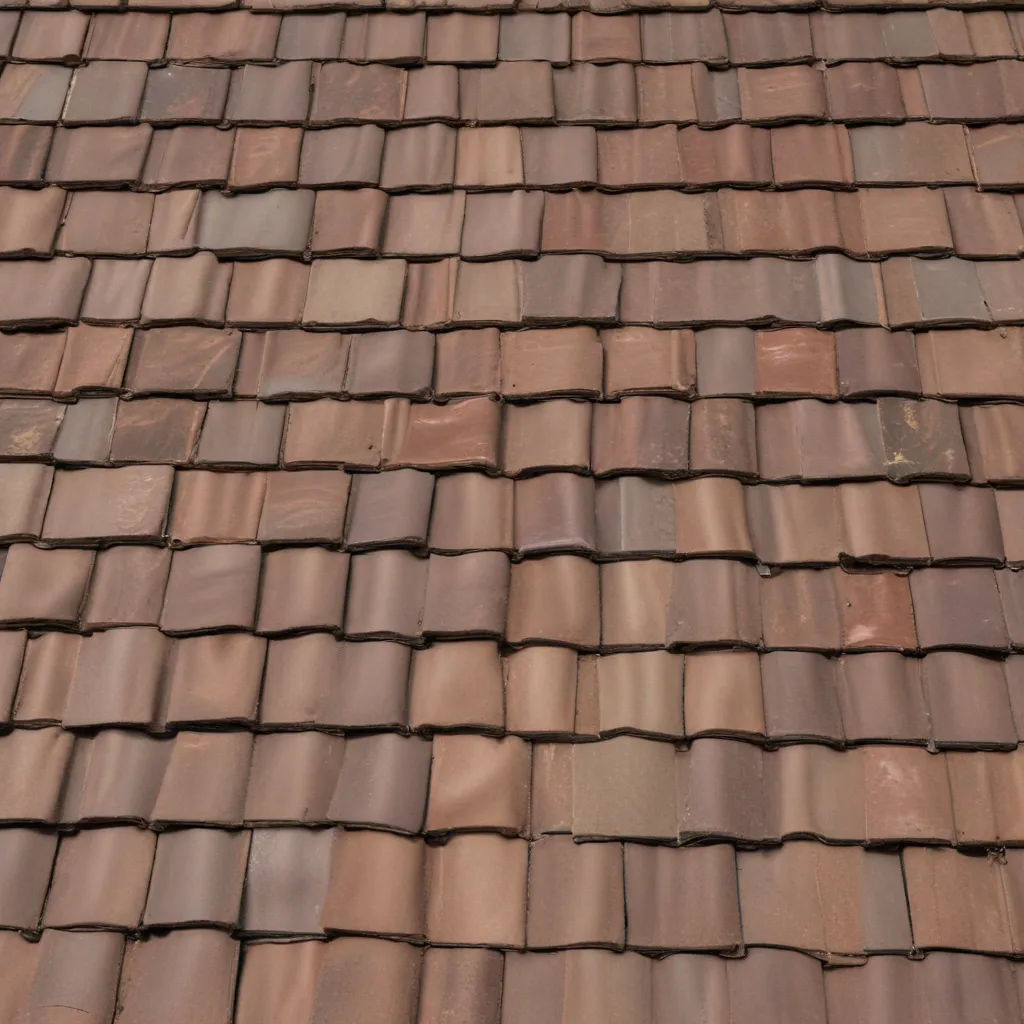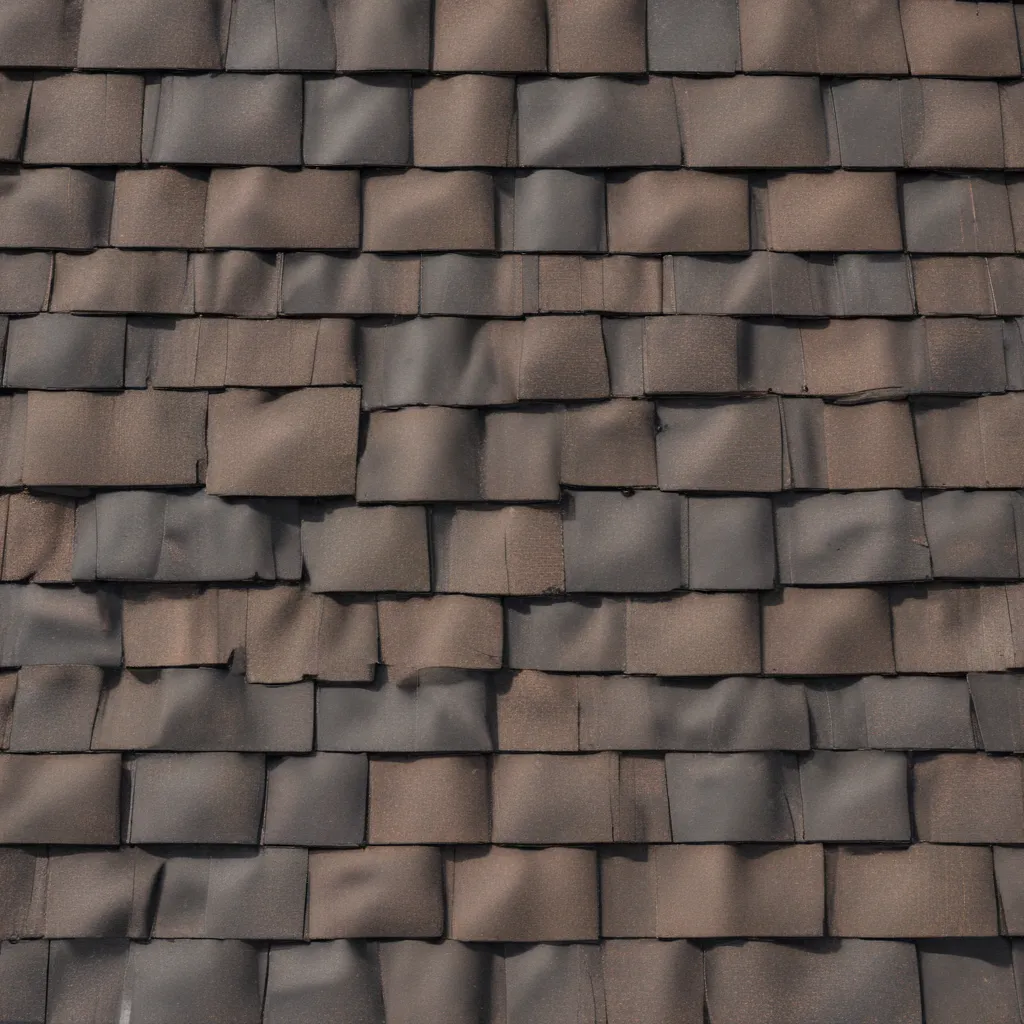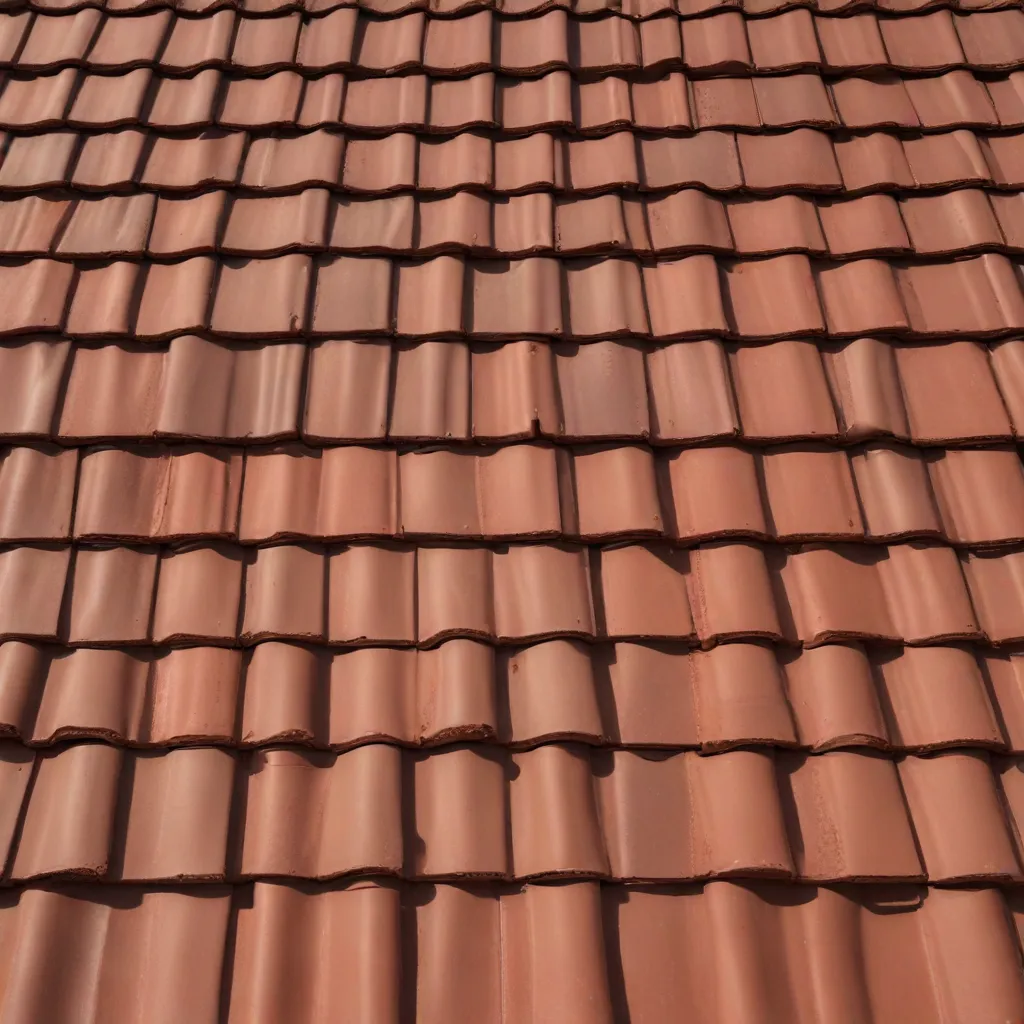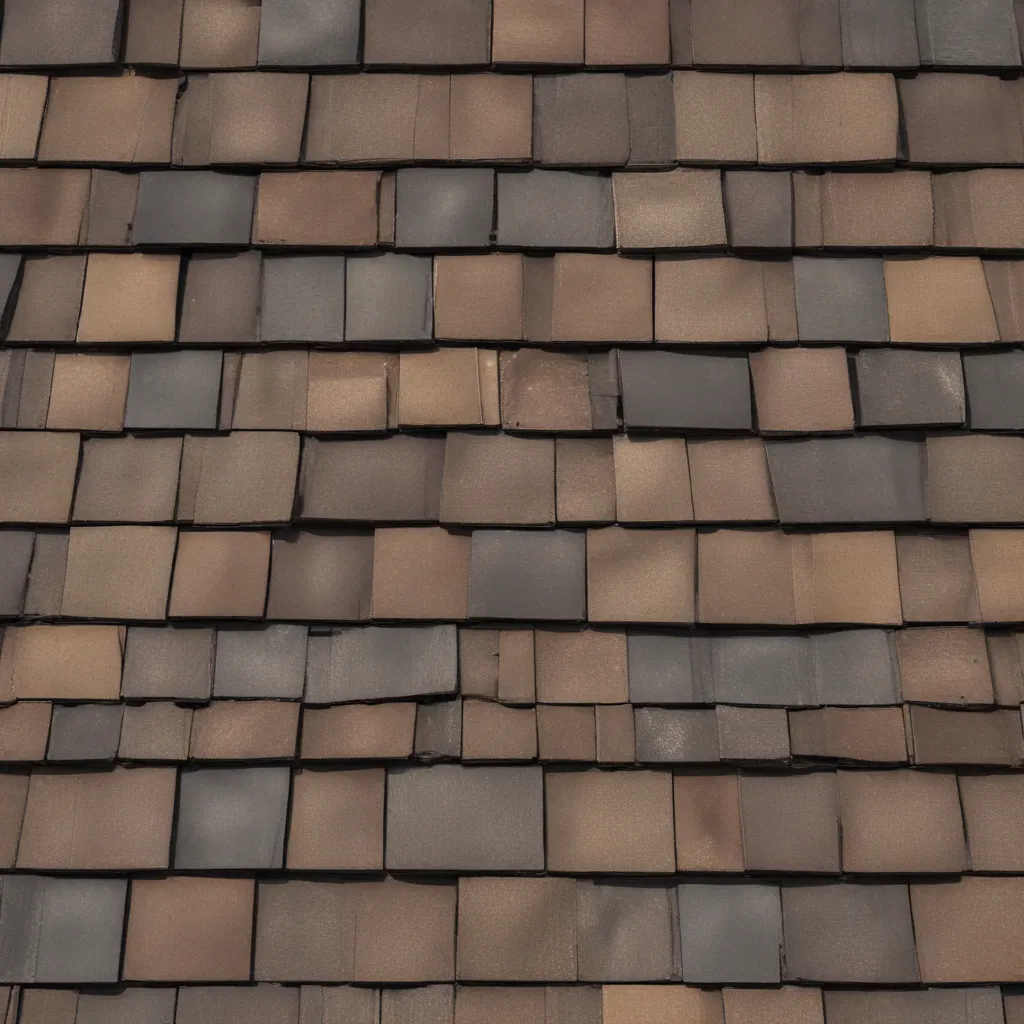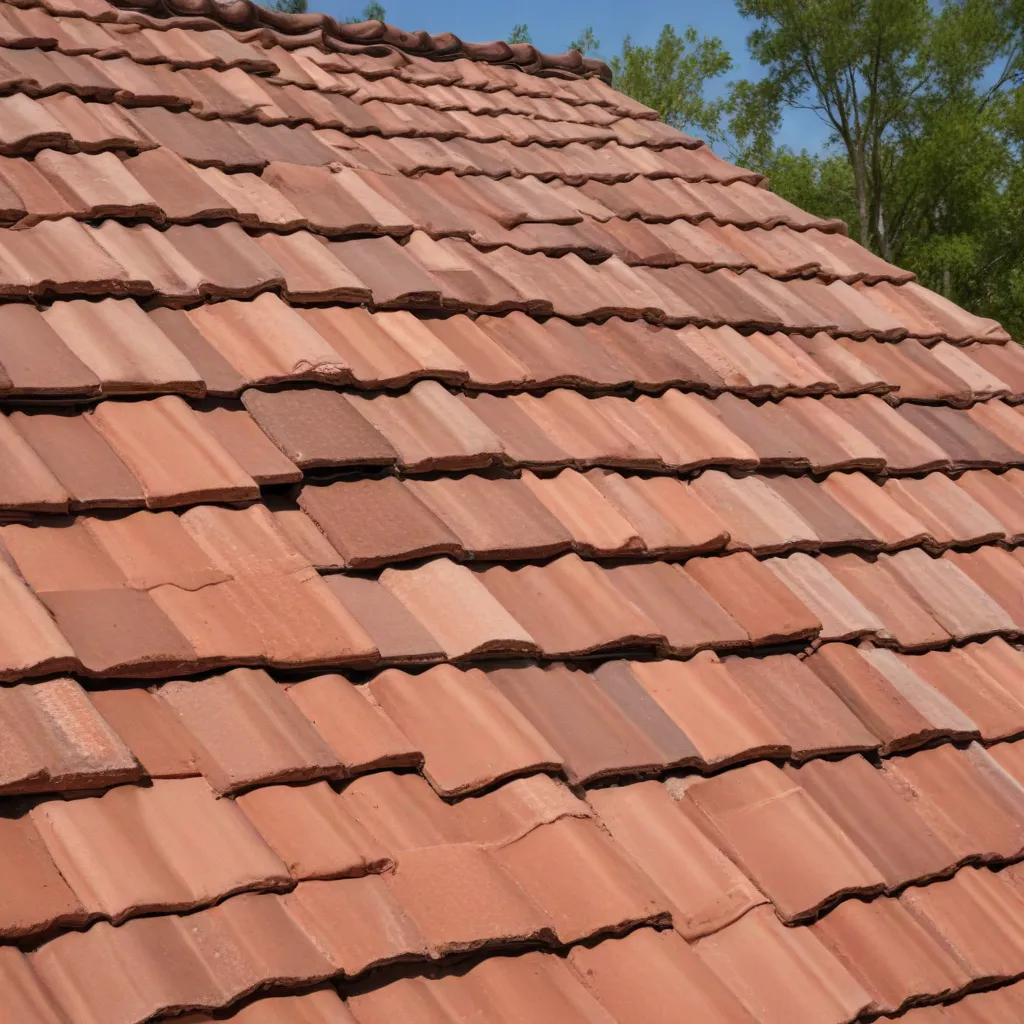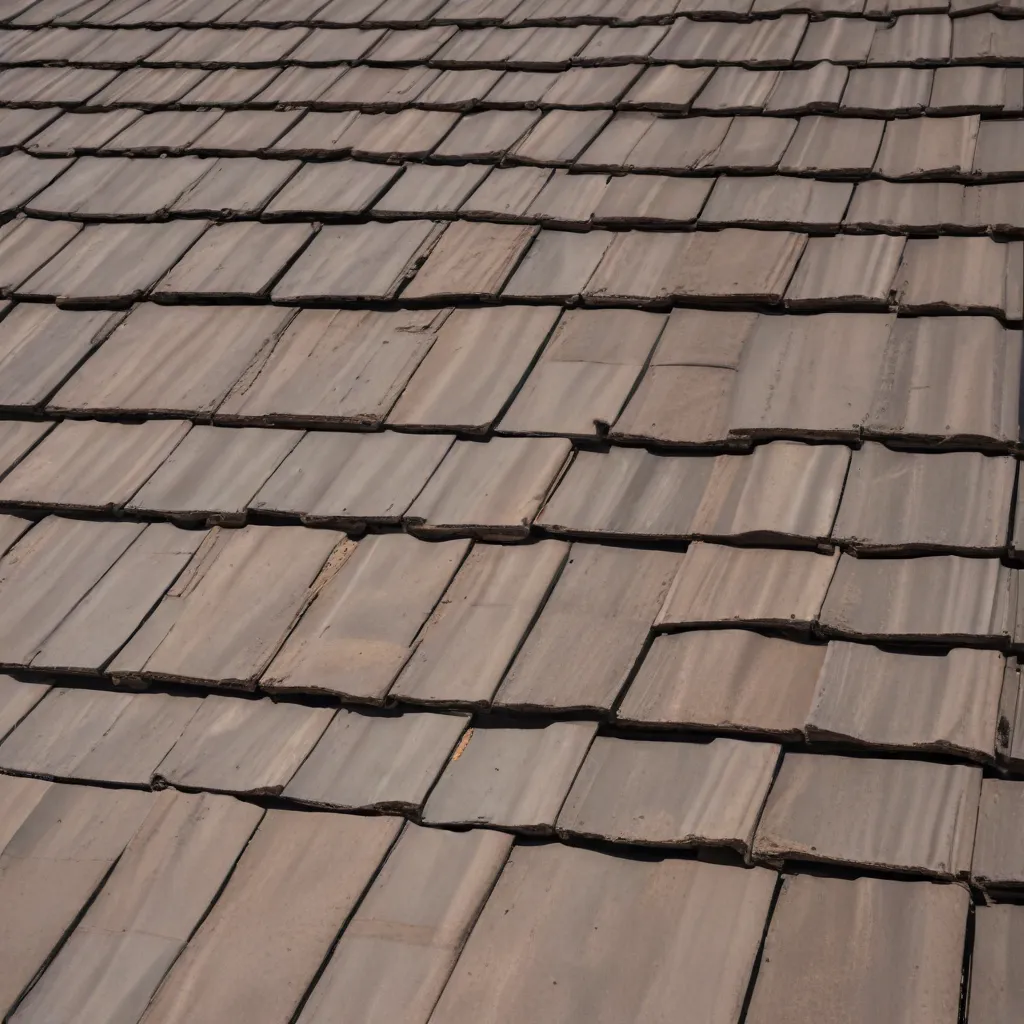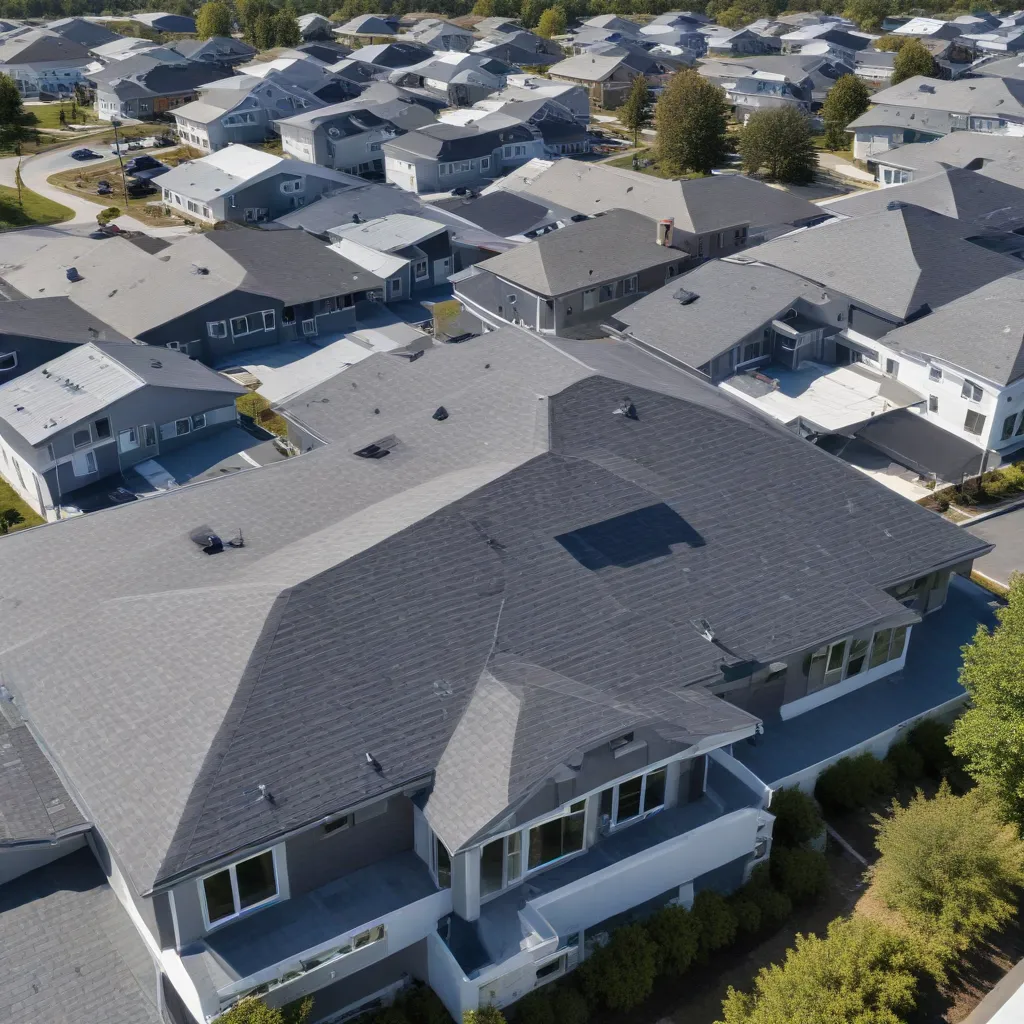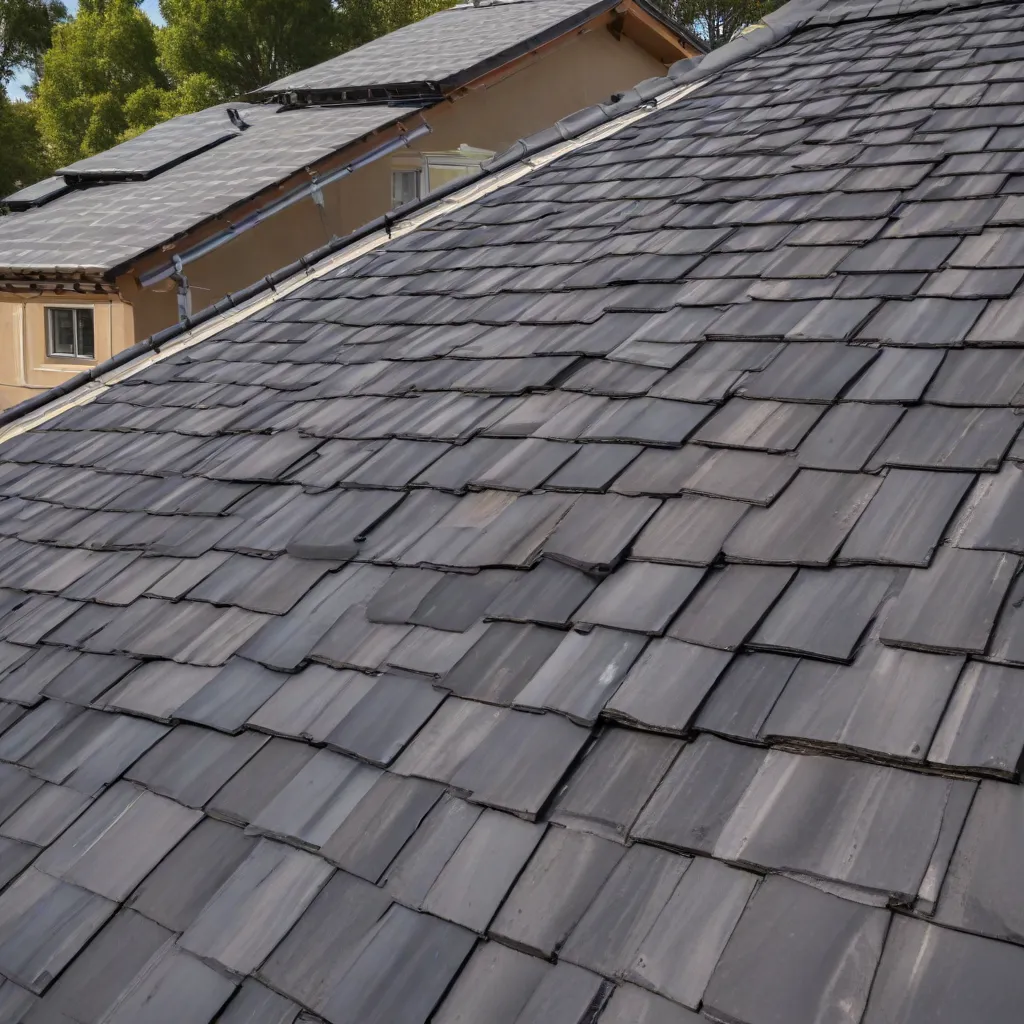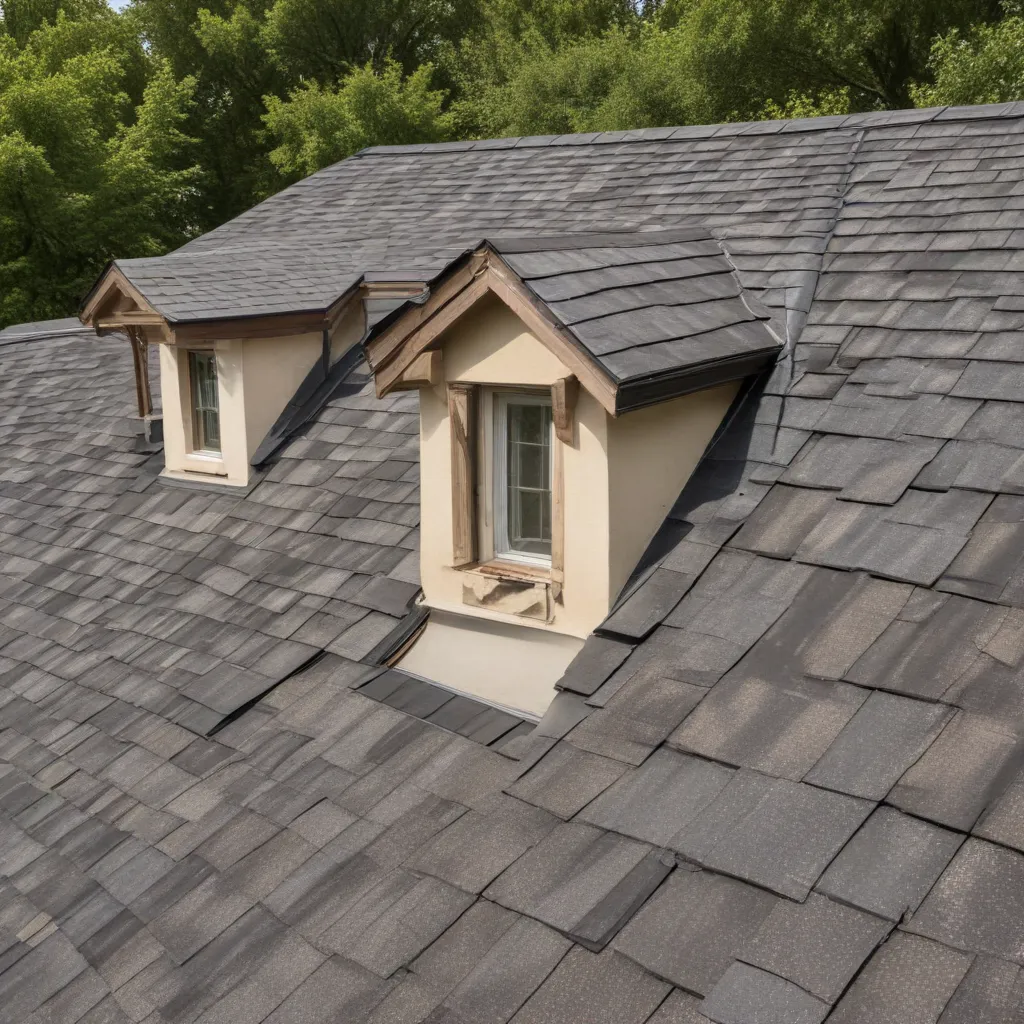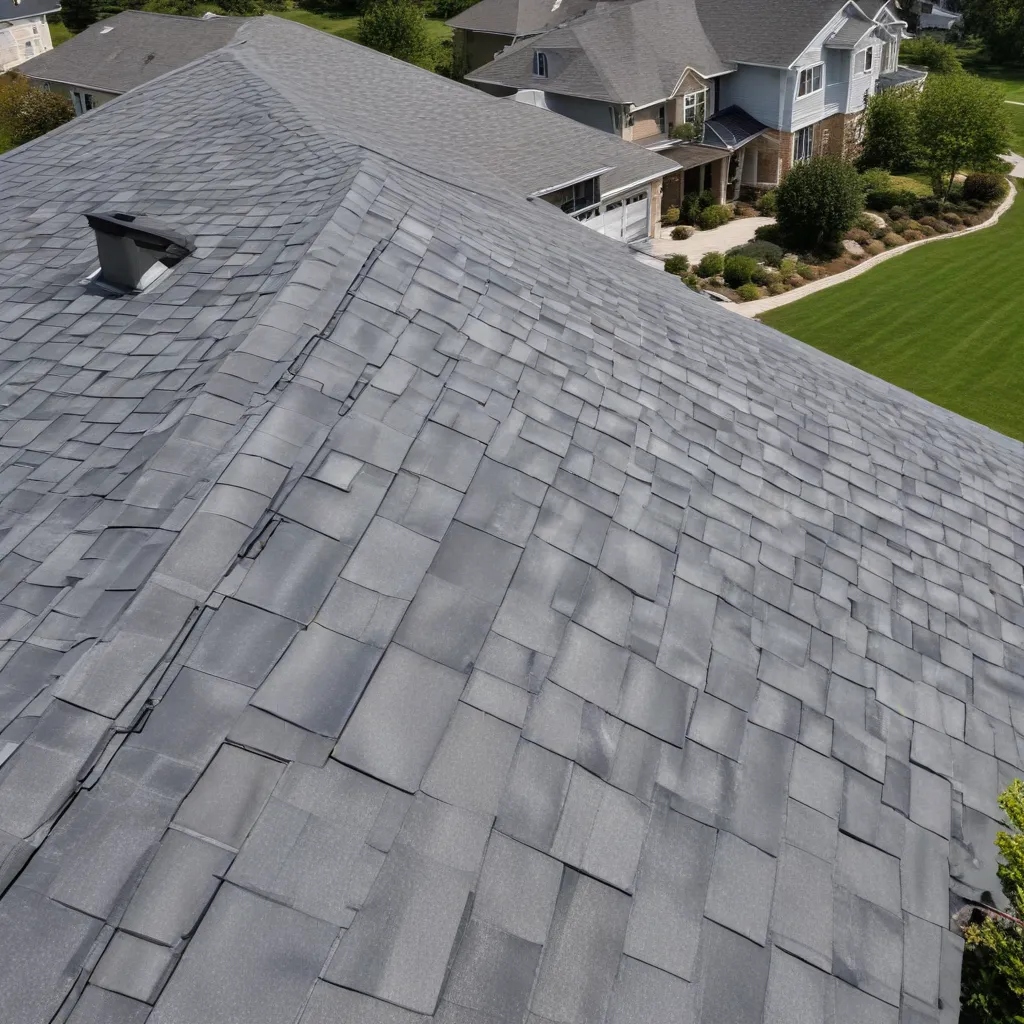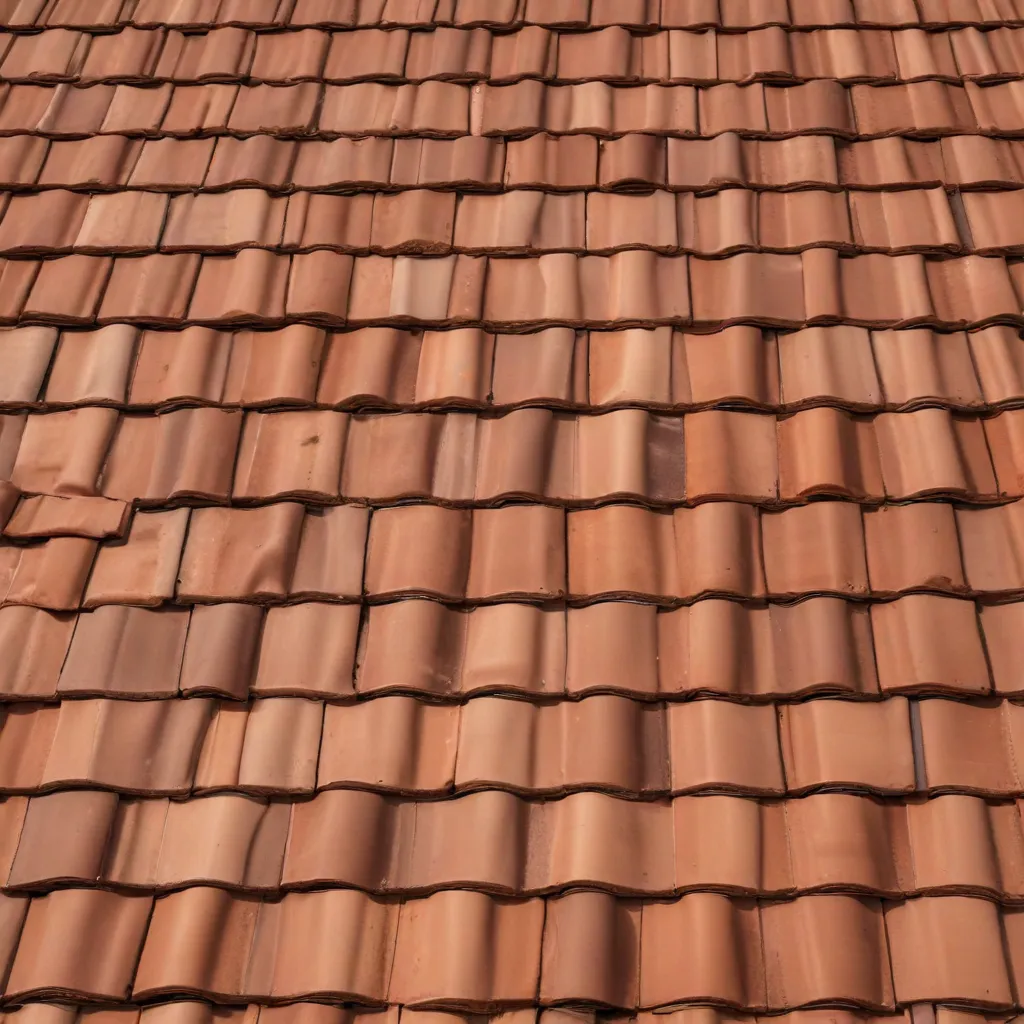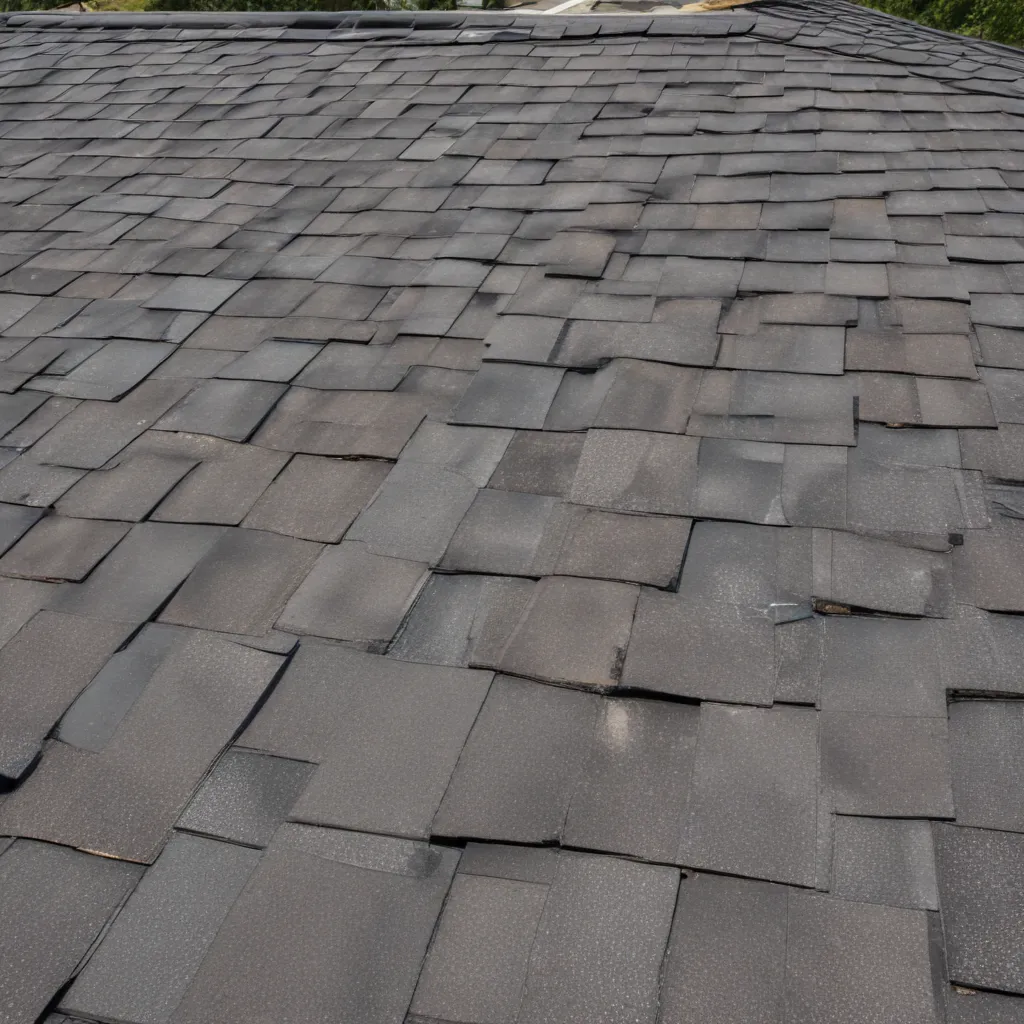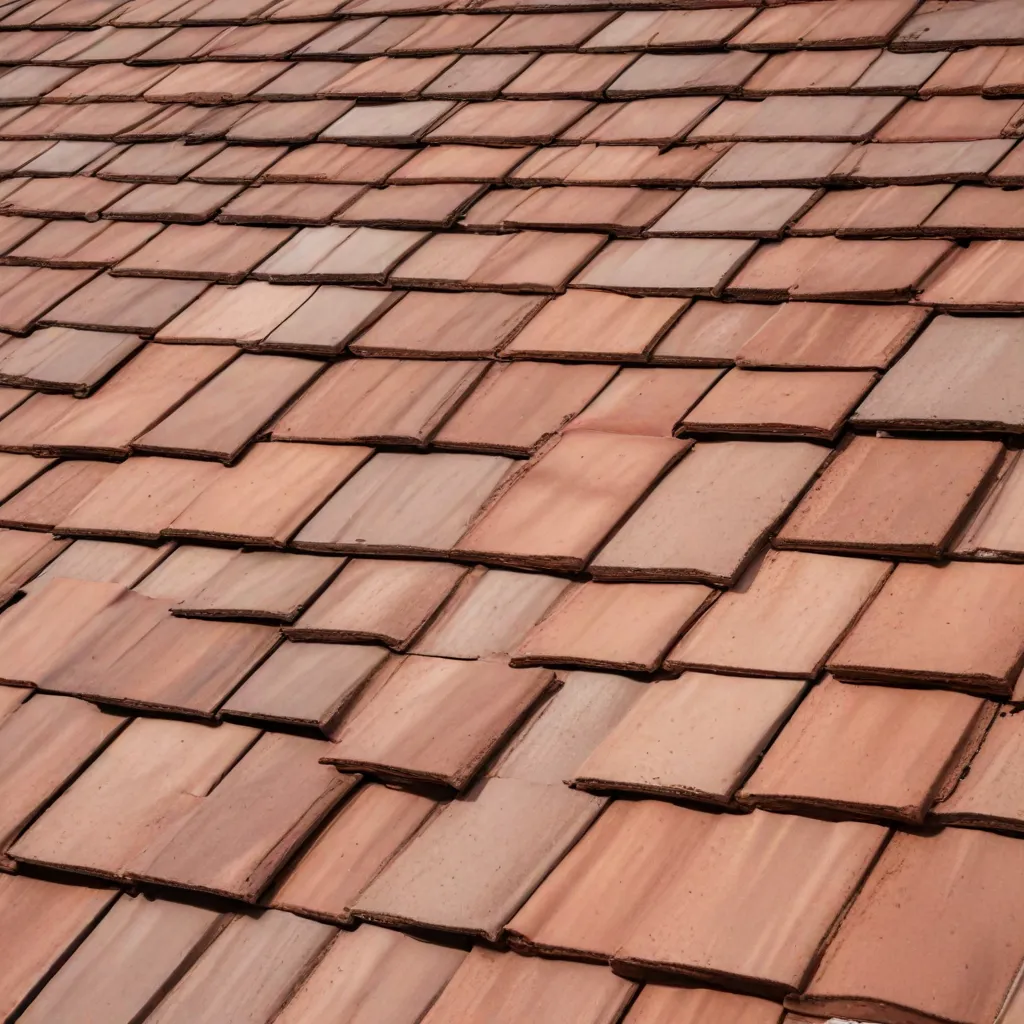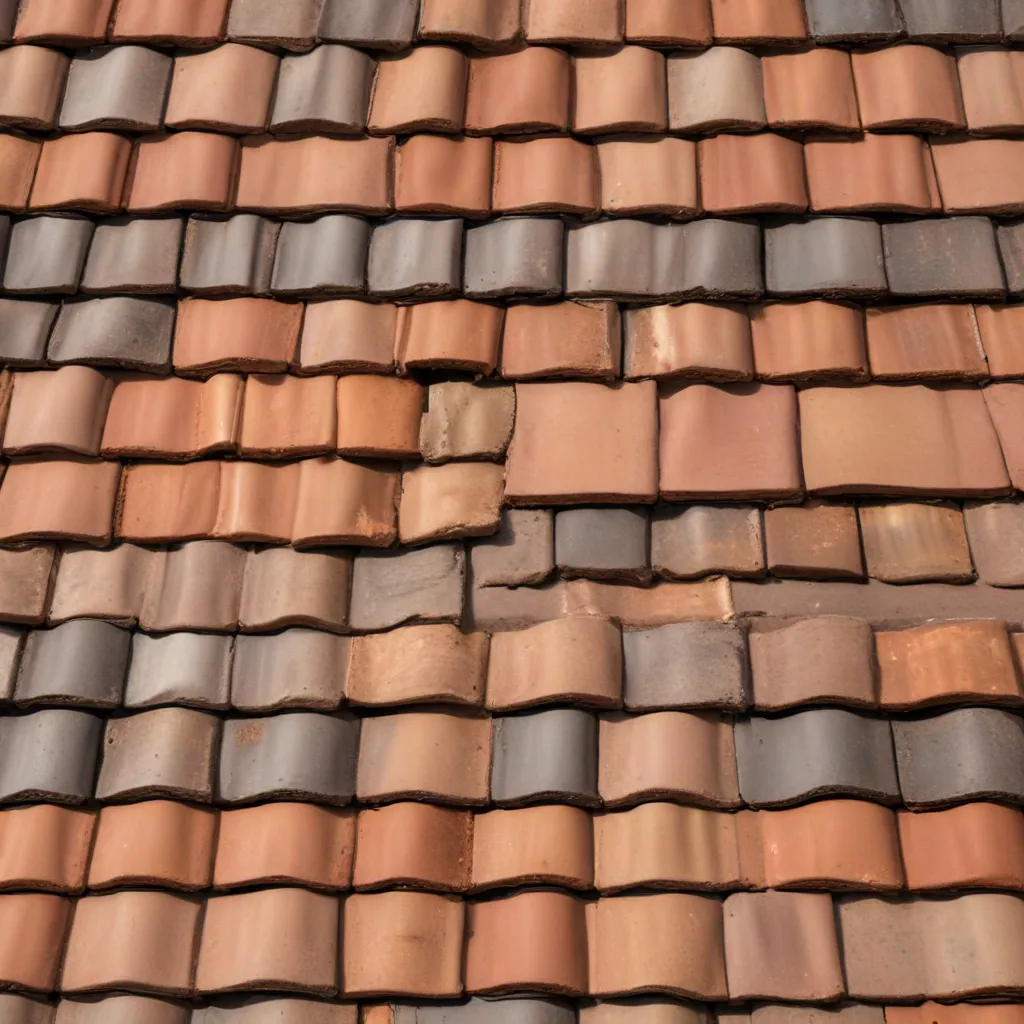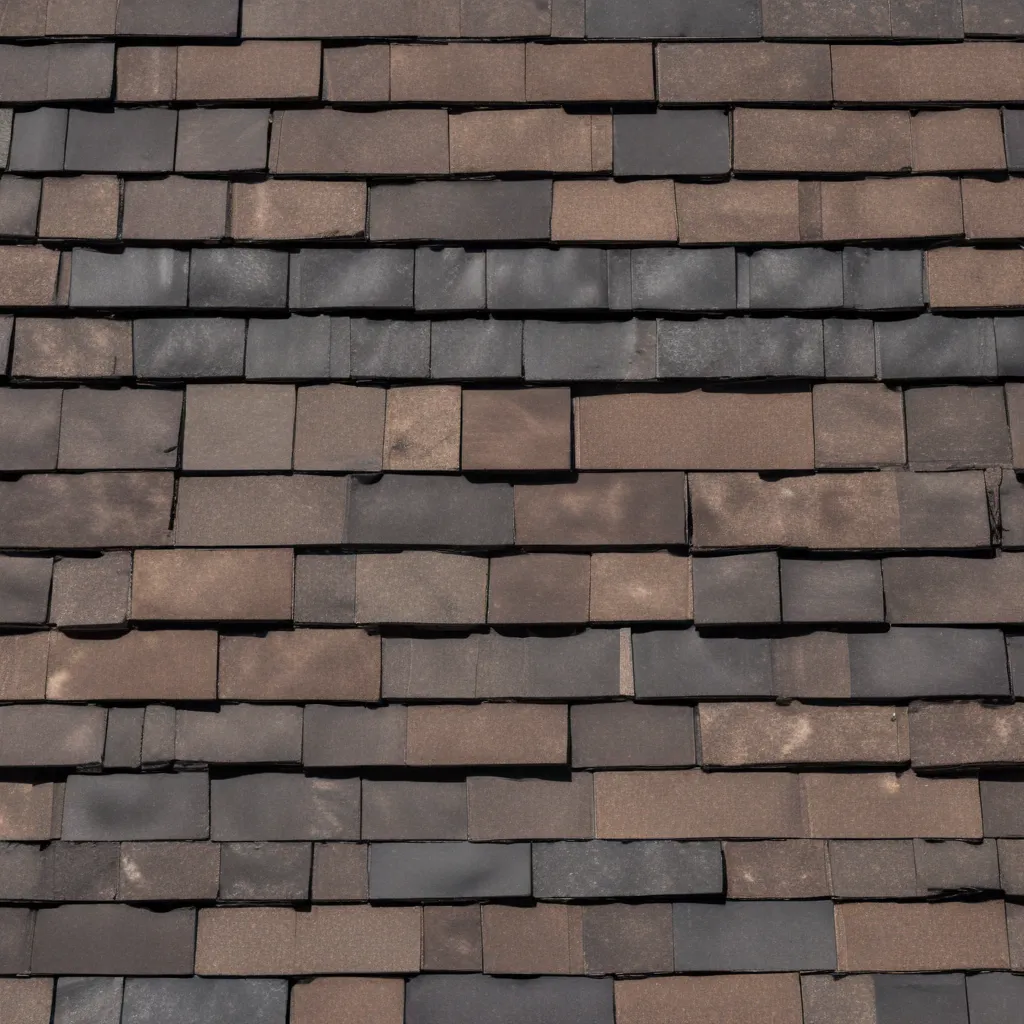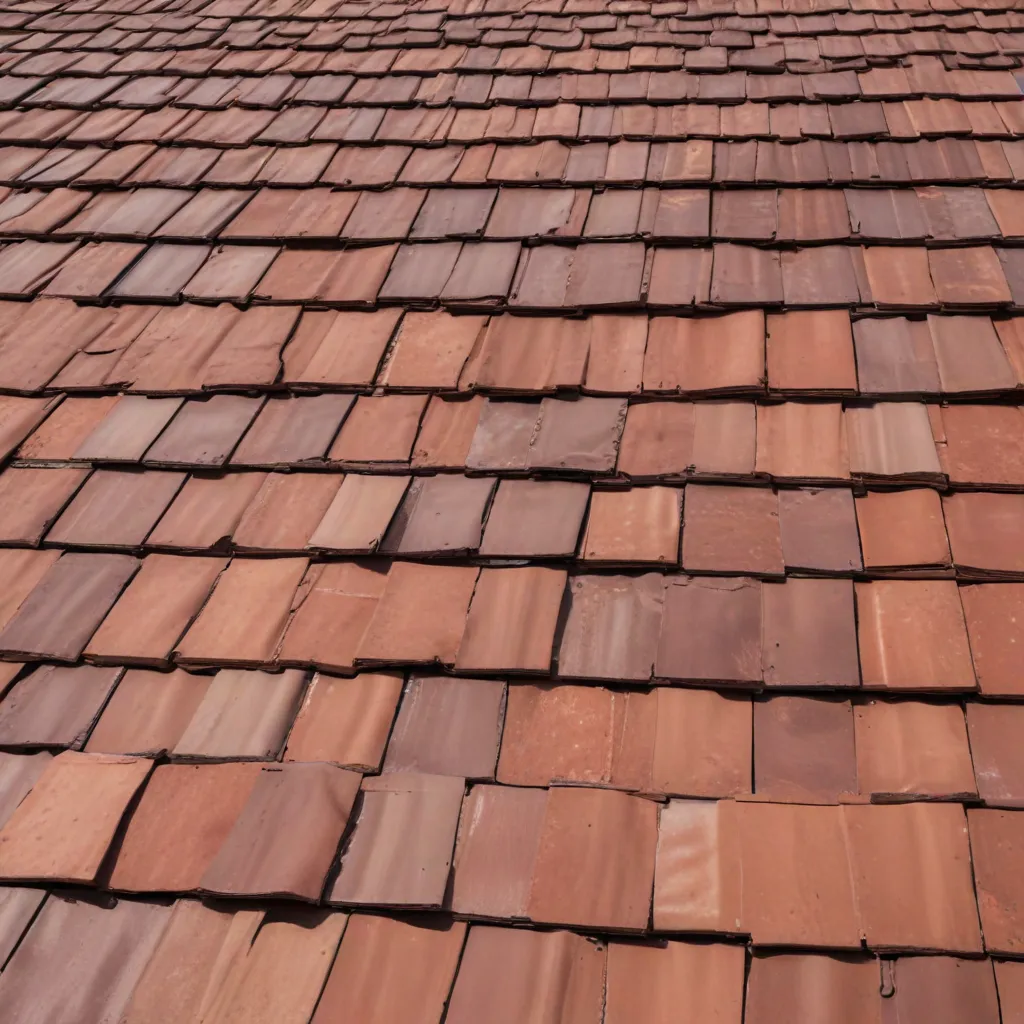When it comes to maintaining our homes, the roof plays a crucial role in protecting us and our belongings from the elements. However, over time, wear and tear can take its toll on the roof, leading to leaks and other issues. While it’s always advisable to hire a professional for major roof repairs, there are certain smaller repairs that homeowners can tackle themselves. In this comprehensive guide, we will outline the essential safety measures you need to take when undertaking DIY roof repairs. By following these guidelines, you can ensure the safety of yourself and your property while successfully completing the necessary repairs.
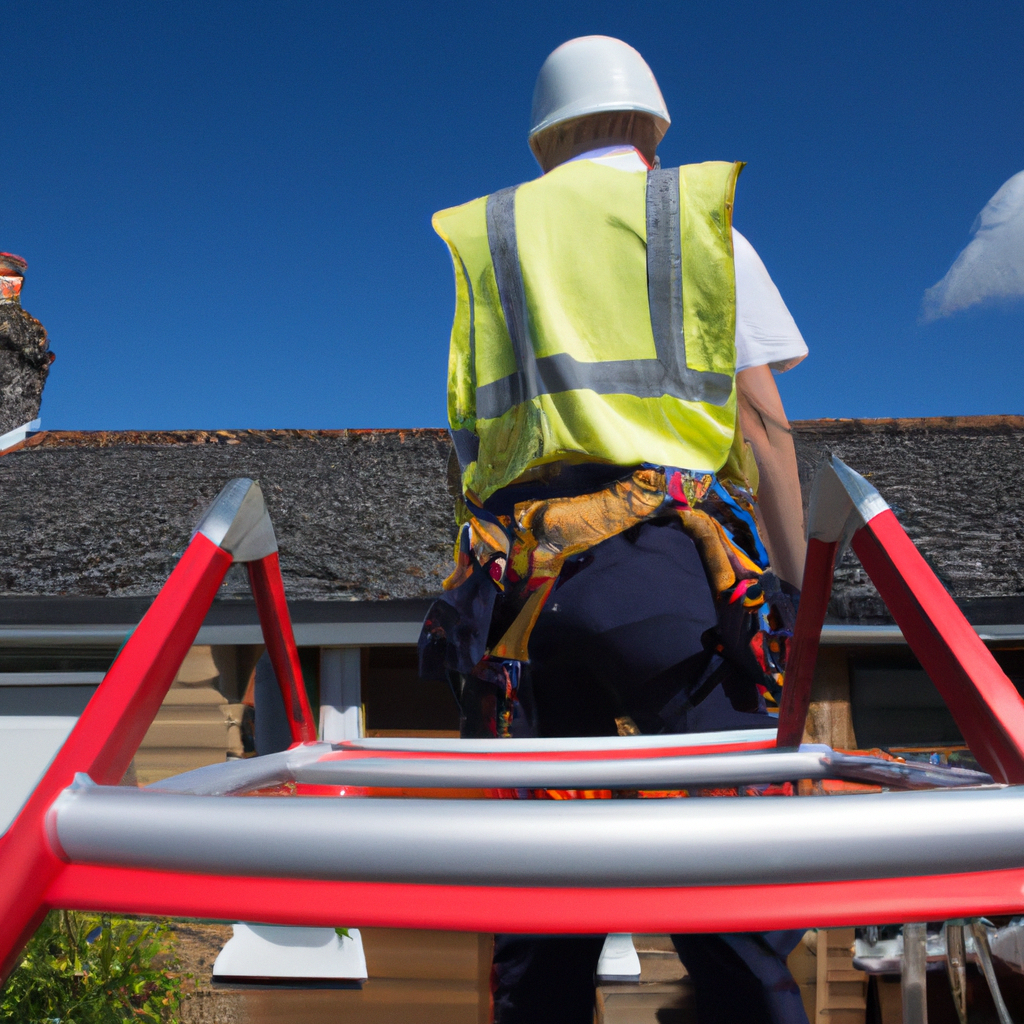
1. Assessing the Damage
Before diving into any DIY roof repair project, it’s important to assess the extent of the damage. This will help you determine whether the repair can be safely done on your own or if you need to call in a professional. Grab a pair of binoculars and carefully examine your roof from the ground. Look for missing or damaged shingles, signs of water damage, or any other visible issues. If you notice extensive damage or suspect structural problems, it’s best to leave the repairs to a professional.
2. Gathering the Right Tools and Materials
To ensure a successful DIY roof repair, it’s essential to have the right tools and materials at your disposal. Some of the tools you may need include a ladder, hammer, pry bar, roofing nails, roofing cement, and a utility knife. Additionally, you’ll need replacement shingles that match the existing ones on your roof. It’s important to choose high-quality materials to ensure the longevity of your repairs.
3. Safety First: Proper Attire and Equipment
When undertaking any DIY project, safety should always be the top priority. Before you start your roof repair, make sure you have the appropriate safety gear. This includes a hard hat, safety glasses, gloves, and non-slip shoes. It’s also important to use a sturdy ladder that is properly secured and positioned on a flat surface. Never attempt to work on a roof without taking adequate safety precautions.
4. Working Safely on the Roof
Once you have assessed the damage, gathered the necessary tools, and put on your safety gear, it’s time to work on the roof. Begin by carefully removing any damaged shingles using a pry bar. Take caution not to damage the surrounding shingles in the process. Once the damaged shingles are removed, clean the area thoroughly, removing any debris or loose nails. This will ensure a clean surface for the new shingles to adhere to.
5. Installing Replacement Shingles
With the damaged area cleaned, it’s time to install the replacement shingles. Carefully slide the new shingle into place, ensuring it aligns with the existing shingles. Secure the shingle using roofing nails, making sure to drive them into the designated nail line. Apply a small amount of roofing cement underneath the shingle to provide extra protection against leaks. Repeat this process for any additional damaged shingles.
6. Regular Roof Maintenance
Completing a DIY roof repair is just the first step in protecting your property. To ensure the longevity and functionality of your roof, it’s important to perform regular maintenance. This includes cleaning the gutters, removing debris from the roof surface, and inspecting for any signs of damage. By staying proactive with maintenance, you can catch potential issues early on and prevent more extensive repairs in the future.
7. Knowing When to Call a Professional
While there are certain DIY roof repairs that homeowners can successfully tackle, it’s crucial to recognize your limitations. If you encounter extensive damage, structural issues, or feel uncomfortable working at heights, it’s best to call a professional roofing contractor. They have the expertise, experience, and specialized equipment necessary to handle complex repairs safely.
In conclusion, DIY roof repairs can be a cost-effective solution for minor issues. By following the essential safety measures outlined in this guide, you can ensure the protection of yourself and your property while effectively completing the necessary repairs. Remember to always assess the damage, gather the right tools and materials, prioritize safety, work carefully on the roof, perform regular maintenance, and know when to call a professional. With these guidelines in mind, you can confidently tackle DIY roof repairs and maintain the integrity of your home’s roof.

